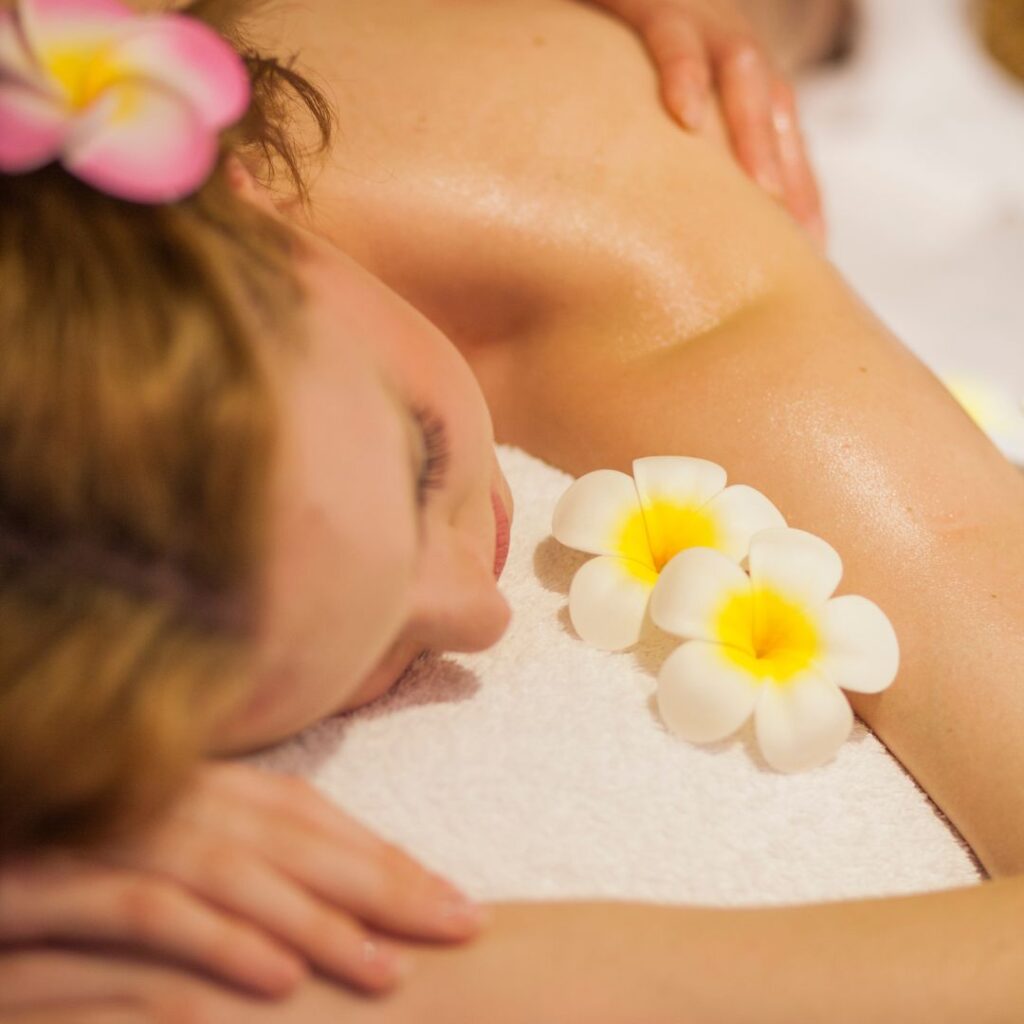Thai massage is a unique and ancient practice that blends elements of traditional Thai medicine, yoga, and acupressure. It is distinct from other popular massage techniques due to its holistic approach, use of stretching, gentle techniques, and emphasis on energy lines. Understanding how Thai massage differs from more conventional massages can help individuals make an informed choice about which technique suits their needs best.
1. Holistic Approach to Wellness
One of the key differences between Thai massage and other popular techniques is its holistic approach to health and wellness. Unlike Swedish or deep tissue massages, which primarily focus on relaxation or muscle tension relief, Thai massage is rooted in the concept of “Sen,” or energy lines, that run through the body. Thai massage works to balance and restore the flow of energy through these lines, aiming to improve both physical and mental well-being. This holistic treatment involves stretching, pressure point work, and breathing techniques that can help rejuvenate both the body and mind.
2. Use of Stretching and Yoga-Inspired Techniques
A distinctive feature of Thai massage is its integration of stretching and yoga-like movements. While Swedish and deep tissue massages primarily focus on kneading, rubbing, and applying pressure to muscles, Thai massage involves dynamic movements where the therapist stretches and moves the client’s body into different postures. These movements are meant to enhance flexibility, release muscle tension, and improve overall mobility. Clients often describe Thai massage as a “passive yoga” experience because they are guided through a series of stretches and positions that promote relaxation and energy flow.

3. Pressure and Techniques
While deep tissue and Swedish massages both rely on varying levels of pressure to address muscle knots and tension, Thai massage uses a combination of thumb, palm, elbow, knee, and foot pressure. The therapist applies rhythmic pressure to specific acupressure points along the body’s energy lines, which can help alleviate pain, improve circulation, and restore balance. The pressure is often more intense than Swedish massage but is generally less focused on breaking down deep muscle layers like in deep tissue massage. Thai massage also differs in that it does not use oils or creams, focusing more on hands-on manipulation of the body.
4. No Oils or Lotions
Unlike Swedish and aromatherapy massages, which commonly use oils and lotions to reduce friction and promote relaxation, Thai massage is typically performed on a mat or floor, with the client fully clothed in loose, comfortable attire. The absence of oils is significant because it allows the therapist to use more precise and controlled pressure without the slip of oils, providing a deeper connection to the muscles and energy lines. This aspect can make Thai massage more invigorating compared to the softer, lubricated strokes of other massages.
5. Focus on Energy Lines (Sen Lines)
A foundational aspect of Thai massage is the belief in the body’s energy lines, known as Sen lines. These lines are similar to the meridians in acupuncture and are thought to carry vital energy throughout the body. Thai massage therapists work along these lines to clear blockages and restore the flow of energy, which is said to improve overall health. While other massage techniques, like Swedish or deep tissue, focus on muscle tension and relaxation, Thai massage seeks to address energetic imbalances by using acupressure and stretches.

6. Therapeutic and Relaxing Benefits
Both Thai massage and other popular techniques like Swedish and deep tissue offer therapeutic and relaxing benefits. However, Thai massage is particularly beneficial for those seeking a rejuvenating experience that incorporates elements of both physical and mental wellness. The combination of stretching, deep pressure, and energy work in Thai massage provides relief for tension, stress, and pain while promoting flexibility and a sense of rejuvenation.
Conclusion
In summary, Thai massage differs from other popular techniques like Swedish and deep tissue massage in its emphasis on energy balance, yoga-inspired stretches, and acupressure. While Swedish and deep tissue massages are primarily designed to relax the muscles and ease tension, Thai massage offers a more comprehensive approach by incorporating stretching, energy work, and physical postures. Whether you’re seeking relaxation, pain relief, or enhanced flexibility, Thai massage provides a unique and therapeutic experience that sets it apart from other massage styles.

